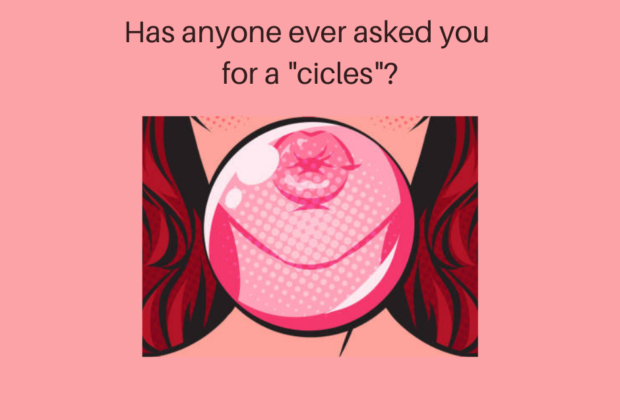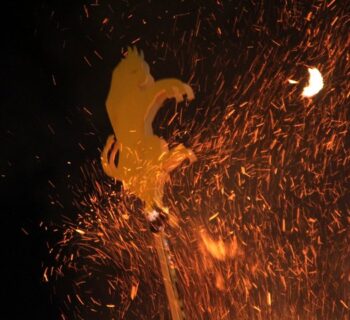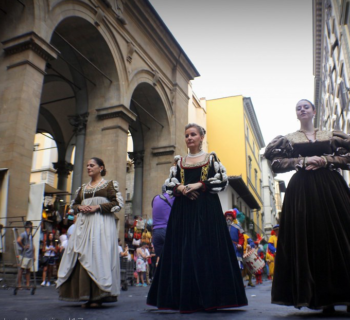In Turin, it may happen that young people ask you for "cicles". Don't be scared, they're just asking you for chewing gum.
This word, while referring to such an unremarkable object, hides within itself a very interesting story.
Where does this word come from?
Chewing gum was invented by William Semple in 1869. It was meant to reinvigorate the teeth and jaws. The habit of chewing gummy substances just for the sake of it seems to date back to the ancients Maya who called the rubber tree chicle.
A successful invention
This practice, particularly typical of Latin America, probably inspired the American industrialist Thomas Adams to put his Chiclets on the market in 1871. The name of this confetti, initially tasteless, derives precisely from the Spanish word chicle, derived from the Maya. The success was immediate and was also supported by the American rulers who saw chewing gum as a valid substitute for the practice of chewing tobacco and a solution to the related sanitation problems. The extraordinary success of the Chiclets was also determined by huge advertising campaigns aimed at children and by the very low cost.

In Italy, chewing gum arrived only at the end of the Second World War together with the Americans. American soldiers introduced it with the aim of helping the population to alleviate hunger during a period of severe famine. The first massive diffusion of Adams's Chiclets took place in Piedmont and therefore the name remained in the current language. So in Piedmont, but also in Emilia Romagna, cicles are still chewed today.

In other Italian regions, chewing gum is called:
- Ciuìngam: in Tuscany and also registered in Catania;
- Ciunga: in Sicily, Veneto and Trentino Alto-Adige;
- Ciùingam: in Liguria, Emilia Romagna and north-eastern Tuscany;
- Cingomma, sometimes abbreviated to "ciga": in much of central and southern Italy and in
- Sardinia;
- Cicca: in Lombardy, Emilia Romagna and some areas of Piedmont;
- Ciungai: in Genoa;
- Masticone: in Arezzo;
- Cicingomma and cincingomma: recurring in the North Italy;
- Gigomma or caramella a molla: in Campania and Basilicata.
Scuola Leonardo da Vinci Turin
The welcoming friendly atmosphere of our school will make you feel at home and you can relax with your classmates in the small gardens of the adjacent pedestrian area.
Latest posts by Scuola Leonardo da Vinci Turin (see all)
- The 4+1 unmissable suggestions for Christmas shopping in Turin - December 17, 2025
- What is the difference between the Carabinieri and the Police? - November 26, 2025
- 5+1 scenic spots in Turin with the Scuola Leonardo - October 15, 2025









